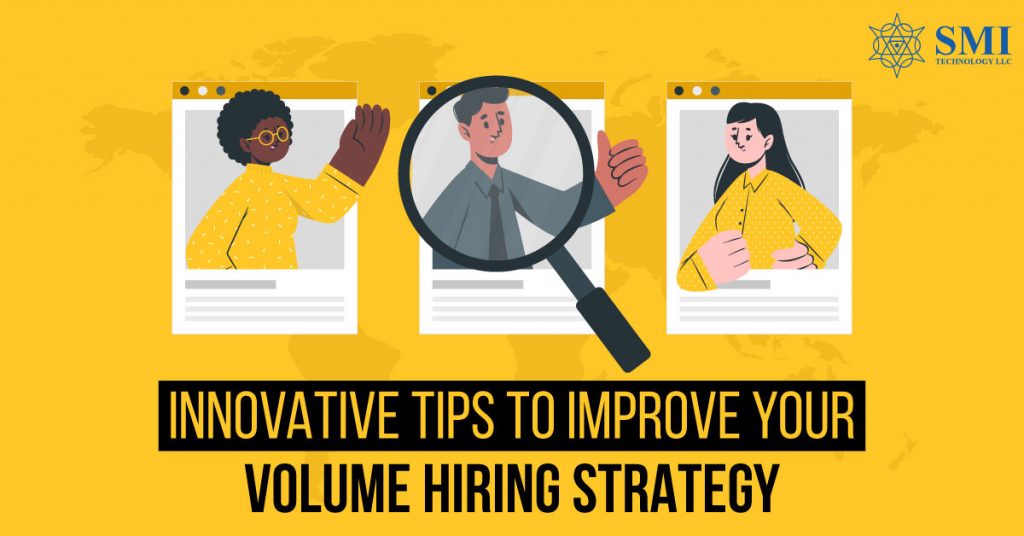


Volume hiring refers to the process of recruiting a large number of candidates within a specific time frame. It is a common practice in industries such as retail, hospitality, customer service, and seasonal work. However, volume hiring can be challenging and time-consuming if not approached strategically.
In this blog post, we will explore some best practices that organizations can start implementing to streamline their volume hiring processes and ensure efficient and effective recruitment.
Before initiating a volume hiring campaign, it is crucial to establish clear job requirements and criteria. This helps in attracting suitable candidates and filtering out unqualified applicants efficiently. Consider the following steps:
1.Clearly define the essential skills, qualifications, and experience needed for the job.
2.Determine the desired competencies and cultural fit within the organization.
3.Develop a standardized job description and job posting to provide a clear understanding of the role.
Technology can significantly enhance the efficiency and effectiveness of volume hiring processes. Implementing the following strategies can save time and streamline recruitment:
1.Utilize applicant tracking systems (BAUTOMATE our Flagship Product) to manage applications, track candidate progress, and automate communication
2.Implement pre-screening assessments or online tests to quickly evaluate candidate qualifications
3.Use video interviewing platforms to conduct initial interviews remotely, allowing for faster evaluation and reduced logistical challenges.
4.Explore AI-powered resume screening tools to shortlist candidates based on predefined criteria.
Crafting compelling and targeted job advertisements is essential for attracting a high volume of qualified applicants. Consider the following tips:
1.Clearly highlight the unique selling points of the job, such as benefits, growth opportunities, and company culture.
2.Utilize relevant keywords in job titles and descriptions to improve visibility in online job boards and search engines.
3.Tailor the job advertisements to resonate with the target audience, considering factors like language, tone, and preferred communication channels.
4.Leverage social media platforms, niche job boards, and industry-specific forums to reach a wider pool of potential candidates.
When dealing with a large number of applicants, it is crucial to have an efficient screening and interviewing process in place. Consider the following strategies:
1.Develop a structured screening process, including resume screening, pre-screening assessments, or automated video interviews, to quickly identify top candidates.
2.Conduct group or panel interviews to assess multiple candidates simultaneously and expedite the evaluation process.
3.Utilize behavioral / situational interview techniques to assess candidates problem-solving skills, decision-making abilities, and cultural fit.
4.Implement a feedback mechanism to ensure consistent and timely communication with candidates throughout the hiring process.
Building a candidate pool and talent pipeline can help organizations expedite future hiring needs and minimize time-to-fill positions. Consider the following practices:
1.Maintain a database of qualified candidates who were not selected during previous recruitment cycles.
2.Nurture relationships with potential candidates through regular communication, providing updates about upcoming opportunities and company news.
3.Implement an employee referral program to encourage current employees to refer qualified candidates.
4.Develop partnerships with educational institutions, professional organizations, and community networks to tap into talent pools before the hiring process begins.
Implementing these volume hiring best practices can significantly improve the efficiency and effectiveness of recruitment processes, enabling organizations to attract, screen, and hire a large number of qualified candidates within a shorter time frame.
By defining clear job requirements, leveraging technology and automation, optimizing job advertisements, streamlining screening and interviewing processes, and establishing candidate pools and talent pipelines, organizations can achieve successful volume hiring outcomes and build a strong workforce to support their growth and operational needs.
